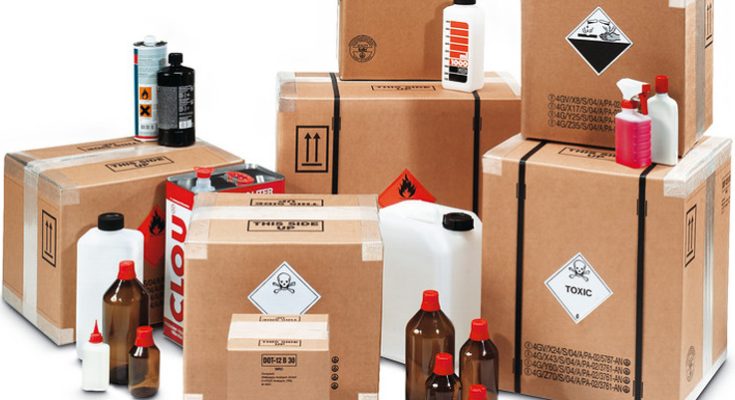Transporting hazardous materials is a serious business, and it requires a great deal of care and attention to ensure that the materials are properly packed and labelled for safe transportation. The United Nations has established a set of guidelines for packing and labelling hazardous materials, known as the UN Boxes. In this article, we will discuss how to properly pack and label UN Boxes for safe transportation of hazardous materials.
Understanding the UN Boxes
The UN Boxes are a set of guidelines established by the United Nations for the safe transportation of hazardous materials. The guidelines specify the types of materials that can be transported, the types of packaging that can be used, and the labelling requirements. Further, the UN certified boxes are designed to ensure that hazardous materials are transported safely and that they do not pose a risk to the public or the environment.
Choosing the Right Packaging
Choosing the right packaging is critical to the safe transportation of hazardous materials. The packaging must be strong enough to withstand the rigours of transportation, and it must be able to contain the hazardous material without leaking. The UN Boxes provide guidelines for the types of packaging that can be used, including drums, jerricans, and boxes.
Packing the Hazardous Material
Once you have chosen the right packaging, it is time to pack the hazardous material. The first step is to ensure that the material is properly labelled. The label should include the name of the material, the UN number, and any other relevant information. The label should be affixed to the outside of the packaging in a prominent location.
Next, the material should be packed in the packaging according to the guidelines provided by the UN Boxes. This may include using absorbent material to prevent leaks or using cushioning material to protect the material from damage during transportation.
Labelling UN Boxes
Proper labelling of UN certified boxes is essential for the safe transportation of hazardous materials. The labels provide important information about the contents of the box and the hazards associated with them. Here are some key steps to follow when labelling UN boxes:
Step 1: Identify the contents of the box.
Before labelling the box, you should identify the contents of the box. This will help you to choose the appropriate label for the box.
Step 2: Choose the appropriate label.
There are different types of labels that are used to identify hazardous materials. The labels are colour-coded and have specific symbols that indicate the type of hazard associated with the material. For example, the label for flammable materials is red with a flame symbol, while the label for toxic materials is black with a skull and crossbones symbol.
Step 3: Apply the label.
The label should be applied to the box in a visible location. It should be placed on a flat surface and should not be covered by any other label or marking. The label should be securely attached to the box using strong, durable adhesive.
Additional Tips for Safe Transportation of Hazardous Materials
In addition to proper packing and labelling of UN boxes, there are other important steps that should be taken to ensure safe transportation of hazardous materials. Here are some additional tips:
- Choose the right mode of transportation: Different modes of transportation have different regulations for the transportation of hazardous materials. It is important to choose the right mode of transportation and to ensure that you comply with all regulations.
- Use a reputable carrier: When transporting hazardous materials, it is important to use a reputable carrier that has experience in handling hazardous materials. The carrier should have the appropriate equipment and trained personnel to handle the materials safely.
- Follow emergency response procedures: In the event of an accident or spill, it is important to have emergency response procedures in place. These procedures should be communicated to all personnel involved in the transportation of hazardous materials.
Conclusion
Transporting hazardous materials is a serious business, and it requires a great deal of care and attention to ensure that the materials are properly packed and labelled for safe transportation.
The UN Boxes provide guidelines for the safe transportation of hazardous materials, and it is important to follow these guidelines to ensure that the materials are transported safely and that they do not pose a risk to the public or the environment.
Choosing the right packaging, packing the material properly, labelling the packaging, transporting the material safely, and having a plan in place to handle emergencies, we can ensure that hazardous materials are transported safely and responsibly.




